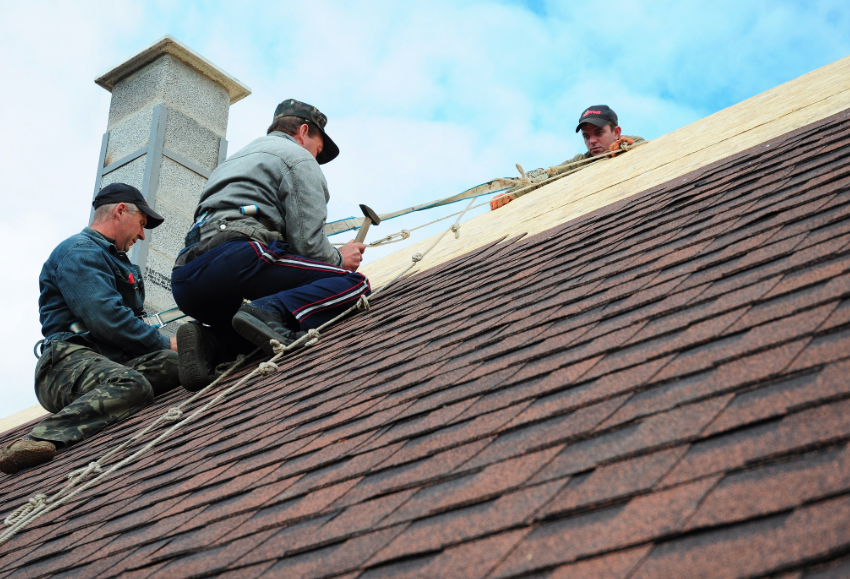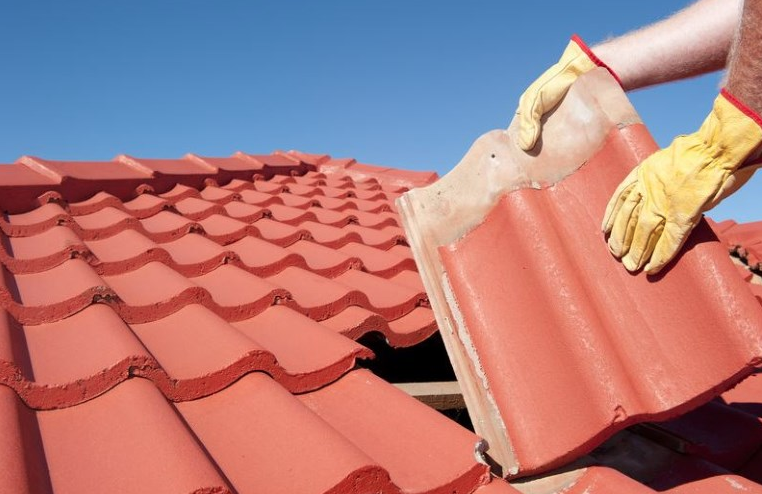Do Regions With Harsh Weather Need Better Roofs?

Roofs provide the ultimate protection against harsh weather conditions and are quite useful in withstanding climatic changes!
There are several types of roofs made with different materials and each has unique properties that are specifically designed to perform better than other roofs. Regions with extreme weather conditions require riding solutions that can withstand these climate changes. If you are thinking of replacing your roof, learning how climate affects your roof can assist you in making the right decision. Without further ado, let’s review a few key factors to consider.
Rain and Humidity
People living in tropical areas constantly struggle with roof maintenance as heavy rainfall can deteriorate the roof’s condition over time. Faulty roof design as well as continuous water accumulation on the roof can result in water seepage. Water seeping through the shingles and into the roof promotes the growth of mold, mildew, and various other organisms. If your roof structure is made of wood, the seeped water also deteriorates the wood and weakens it.
Water seepage also occurs when the roof surface is not frequently maintained or properly sealed. The cement and flashing on the chimney opening and plumbing vents dry out and erode the sealing. This results in external elements being able to easily penetrate, so keeping the opening close is crucial when living under such weather conditions. Heavy rainfall does affect the base of the house. Naturally, the soil can absorb water, but in the case of heavy rainfall, the soil below the home can become overly saturated, resulting in seepage of water into the foundations. This seepage over time can even shift the foundations of a home.
Extreme Wind
Roofs are indeed affected by the wind as they can cause an up-lift or result in racking. The phenomenon of up-lift can be seen where fast winds create a low-pressure area on the roof and inside the house. This low pressure can cause outward bulging of the roof. Special reinforcements are used to strengthen the roof structure in areas where typhoons or hurricanes are a common occurrence. Racking is another effect of extreme wind on roofs.
Powerful winds can easily tear off the shingles. It’s imperative that damaged shingles are swiftly repaired to prevent further damage. If you are confused about how to check your roof then call Bravo Roofing today to understand the steps involved in proper roof maintenance and repair. There are quite a few roofing service providers so it is always best to contact them, compare their services, and then make a decision that will ensure you get the best results. Almost every roofing expert provides free consultation and evaluation on roofs, Therefore, never hesitate to contact the roofing service provider you are comfortable with.
Sun and Heat
Most roofing professionals will select materials that are appropriate for the prevailing weather conditions of a particular area. Heat and high temperatures can dry out the roofing and accelerate the natural aging process of a home. This type of wear is at its maximum during extremely hot weather conditions. Attic fans or vents are usually placed below the roof surface as hot temperatures cause drying out of the wood.
Roofing experts even suggest using paint with a light color as darker hues tend to absorb a lot of heat energy which only exacerbates the existing hot indoor temperature. Due to the fluctuations in temperature, the material used for roofing dries out during high temperatures and expands during cool temperatures. Constant drying out and expansion further contributed to the overall deterioration of the roof’s structure.
Dry Weather
Places with a dry climate encounter problems like soil erosion. The soil and clay can dry out below the home’s foundation and addressing such damage can cost a pretty penny. Contractors specifically design a home’s foundation with the weather conditions in mind so that the home’s foundation remains safe and sound. Similar to a hot climate, dry weather also dries out the roofing and causes wear over time.
Snowy Areas
The amount of expected snow is always considered when installing or repairing a roof. Regions that experience heavy snowfall have to make certain adjustments to their roof as snow contributes to the additional weight coming to bear on the roof. Snow can be as heavy as 50 pounds per cubic foot. Homes in mountainous regions even have rules for making the roof durable enough to withstand weights of 400 pounds per cubic foot. A strong roof guarantees safety from issues like roof collapse, sagging or cracking.
When building your home, give special consideration to the roof material you are using so it can withstand the particular climate of your location. However, if you find it overwhelming to handle on your own, do not hesitate to contact a contractor or a roofing expert for the best possible advice so you and your loved ones can stay healthy and protected against extreme weather conditions.









